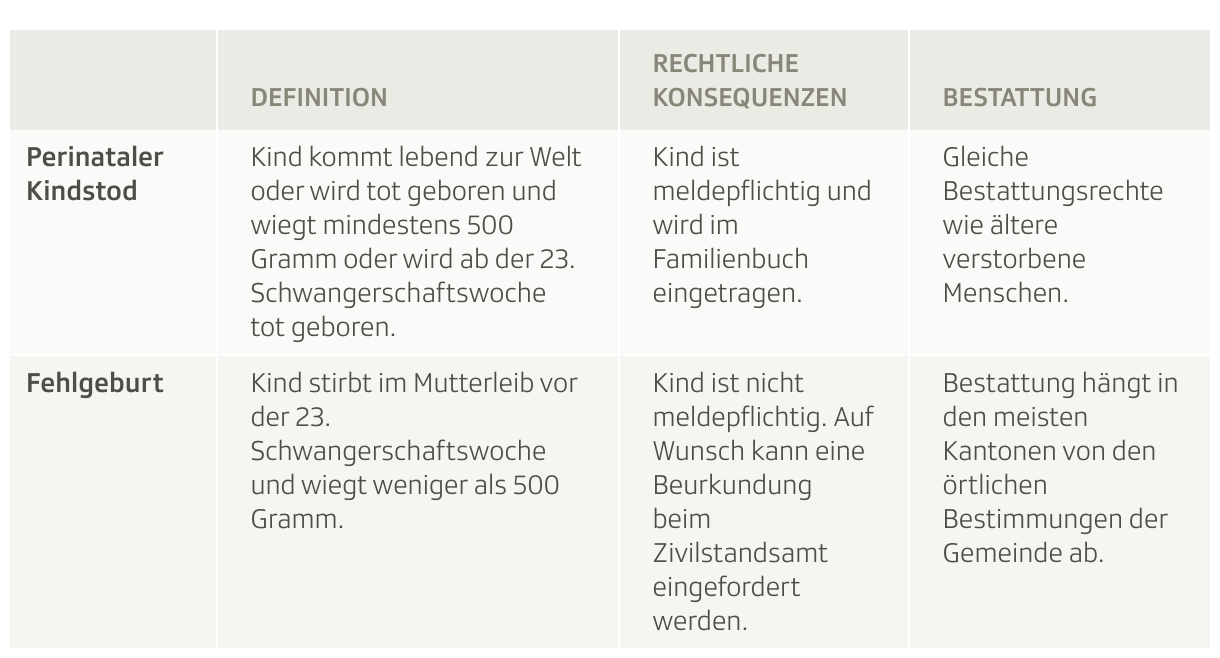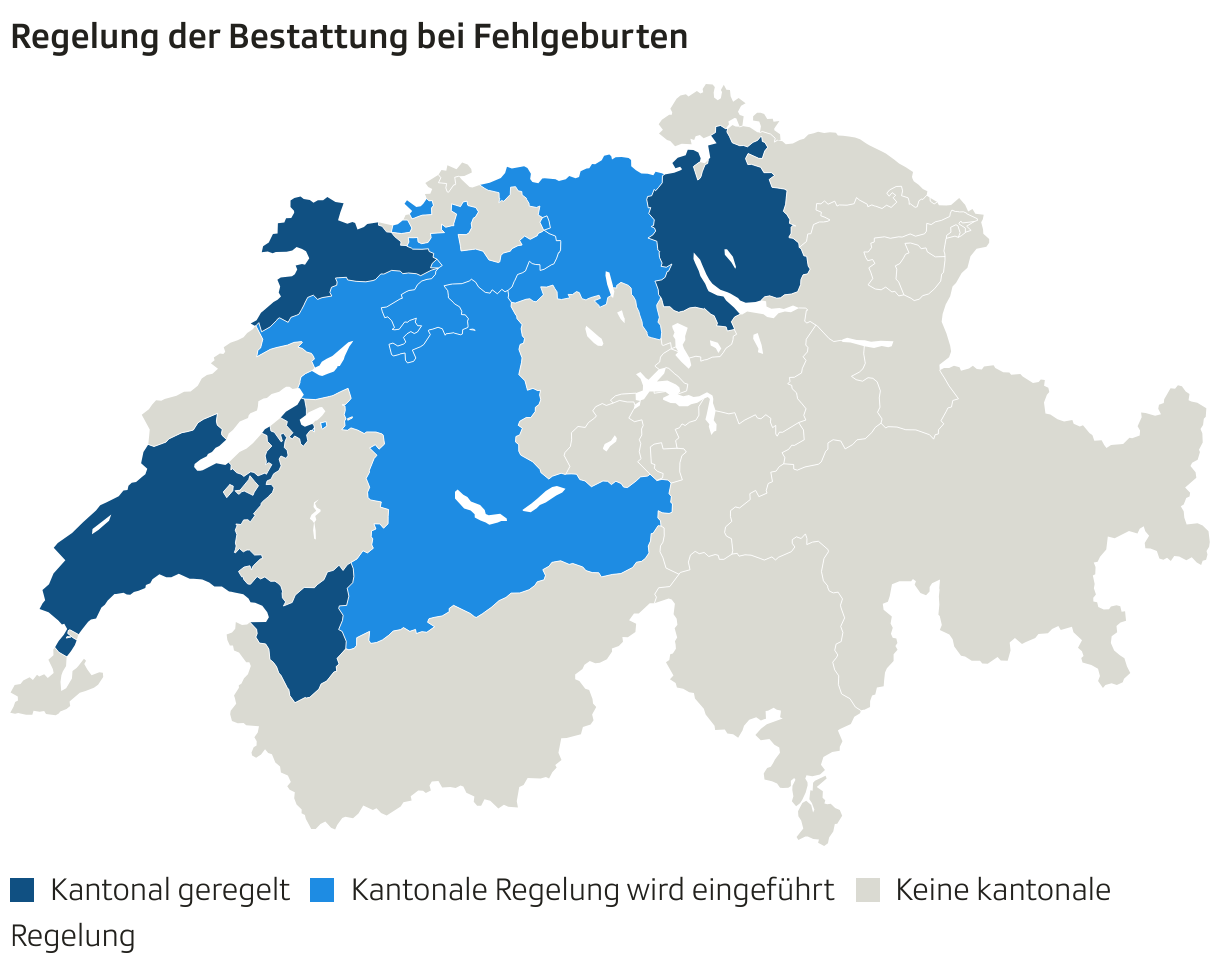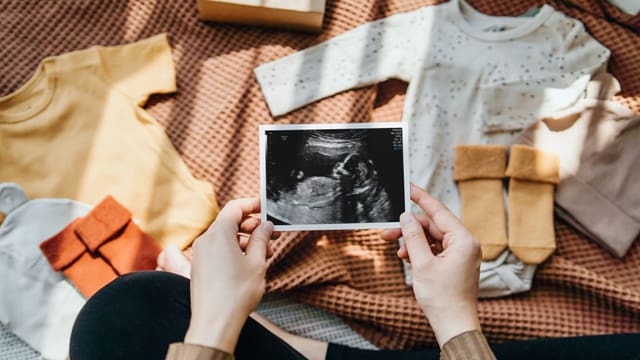It happened on the day of the three-month check-up. The day Jamie Russo wanted to tell the whole world that she was pregnant. The then 26-year-old sat in the examination chair at the gynecologist and stared numbly at the screen of the ultrasound machine. There’s this little creature floating motionless in her uterus.
“Oh I’m sorry.” Jamie Russo only hears the gynecologist’s words from very far away. Her eyes go black. The now 39-year-old was blown away. “In the pregnancy books I skipped the chapters about miscarriage. Miscarriage – this topic didn’t exist for me.”
One in 6 pregnancies ends in a miscarriage
Jamie Russo is not alone with her fate. It is estimated that one in six women will miscarry between the 5th and 12th weeks of pregnancy. How high this percentage really is is unclear. Especially in the case of early miscarriages, the women affected often do not even know that they are pregnant and mistake the bleeding for a late menstrual period.
Legend:
SRF
If a child dies during pregnancy, they are called star children. After the loss of the unborn child, the affected mothers and fathers not only have to deal with their grief, but also have to decide whether – and if so, how – the child should be buried.
From a legal point of view, a child who is not subject to registration does not exist.
This can be particularly difficult if you have a miscarriage before the 23rd week of pregnancy. Children lost at an early age are not allowed to be entered into the personal register in the Swiss legal system. This means that they are not subject to reporting. “From a purely legal perspective, a child who is not required to be registered does not exist,” explains Anne Siegenthaler, head of the advisory service at the childloss.ch department.
Only those who are registered in the personal register have the right to a burial in Switzerland. In most cantons, whether parents are allowed to bury their child after a miscarriage depends on the municipality’s regulations.
Solothurn introduces cantonal regulations
The cantons of Zurich, Valais and Jura have long since introduced cantonal regulations. This means that affected parents know that they can bury their child in any community. Following a push by the EPP, this will also be regulated cantonally in Solothurn in the future.
Before the unanimous decision, emotional votes were cast in the hall: “From a moment of happiness you are suddenly sent into the deepest despair,” said SVP cantonal councilor Markus Spielmann and asked: “What kind of archaic legal system is this that your stillborn child denies human dignity and thus the right to a decent burial?”
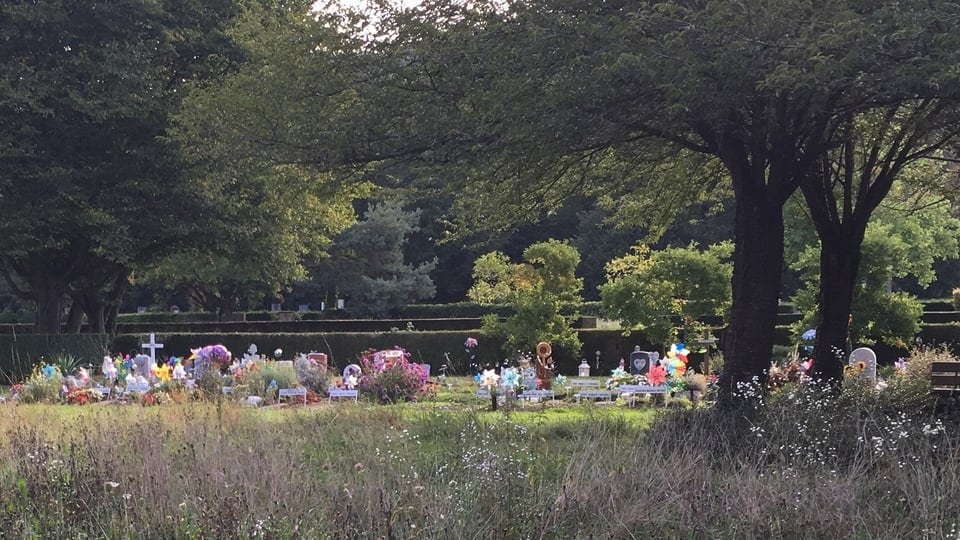
Legend:
The burial of early miscarriages has been possible in Basel at the Hörnli cemetery since 2017.
SRF
The burial of star children is possible in most municipalities even without cantonal regulations – this is shown by a survey by the SRF Regionaljournal Aargau Solothurn. Nevertheless, it is an important step towards recognizing those affected – the politicians in the Solothurn Cantonal Council agree on this. They voted unanimously for a cantonal regulation.
Anne Siegenthaler from the childloss.ch specialist center also knows other cases. “Mothers were turned away because there was no possibility of burial in the cemetery in the community where they lived. They had to bury their child in another community.” This is extremely difficult at a time when those affected need the energy to cope with their grief.
Treatment in hospitals varies greatly
Things are also going differently for Jamie Russo after the miscarriage than she would have wanted. Instead of giving birth to her deceased child naturally, she has to have a curettage performed. A procedure in which the child is surgically removed from the uterus.
Jamie Russo will not be informed about the possibility of a burial. “I even had to actively ask to receive my child’s remains,” says the 39-year-old. When she wakes up from the anesthesia, there is a plastic container with a white lid on the bedside table next to her. Inside is the child she lost. “I would have liked a nicer and more dignified handover.”
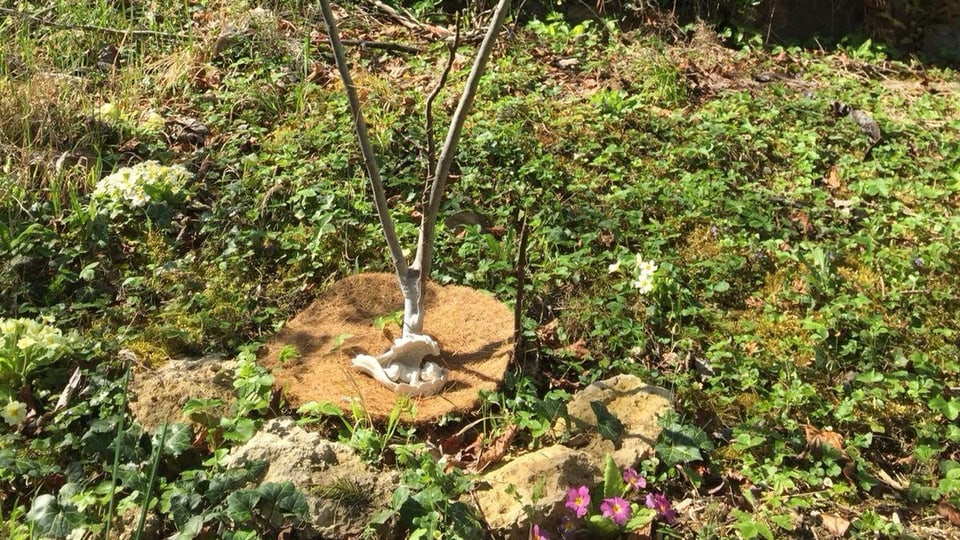
Legend:
Jamie Russo’s child is buried under this fig tree in the garden. It was important to her that she had a place where she could mourn the lost child.
ZVG
Anne Siegenthaler from the childloss.ch specialist center criticizes that parents are not informed that they can take the deceased child home with them. “If mothers don’t take their children who died early home with them, some of them are disposed of with medical waste.”
Rethinking in hospitals is taking place
But there are now also hospitals that deal with this issue more carefully, emphasizes Anne Siegenthaler. “There we discuss how the child will be handed over. Maybe in a box or basket of your own design.”
Certain hospitals also organize funerals for miscarriages and offer a memorial on the hospital grounds where parents can bury their children.
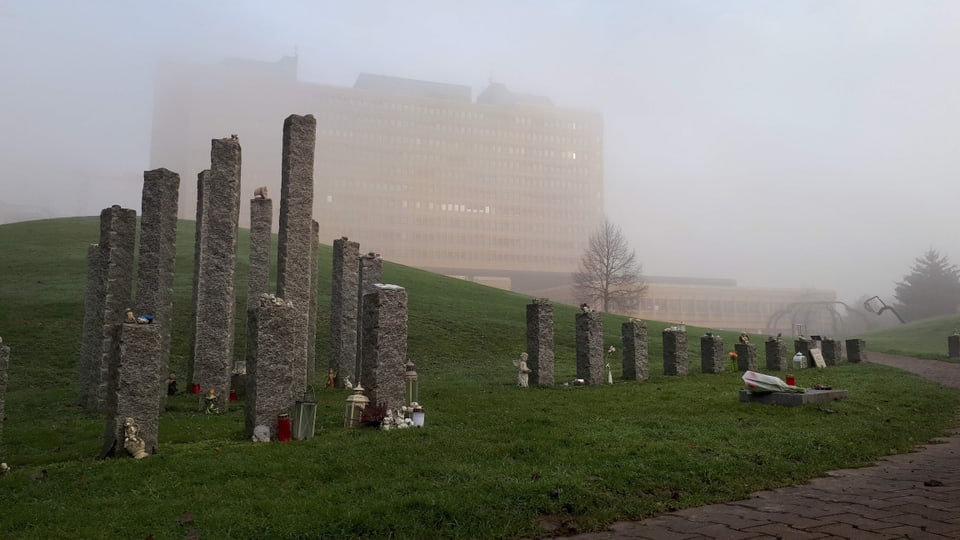
Legend:
The Baden Cantonal Hospital (AG) played a pioneering role in dealing with star children. In 2006, it was the first hospital in Switzerland to set up a memorial for miscarriages. Since then, memorial services have been organized regularly with the relatives of the deceased children.
ZVG/Cantonal Hospital Baden
The Olten Cantonal Hospital also treats miscarriages and the parents of the deceased child with care. The lead midwife, Christine Kaufmann, advocates for the interests of those affected. “You can hear a baby’s heartbeat from the sixth or seventh week of pregnancy,” she emphasizes. “That’s why for me it’s a person from the start.”
Christine Kaufmann’s department works with the Stärnechind association to provide support. The association makes clothes or farewell baskets for miscarried and stillborn children in which the deceased child is placed.
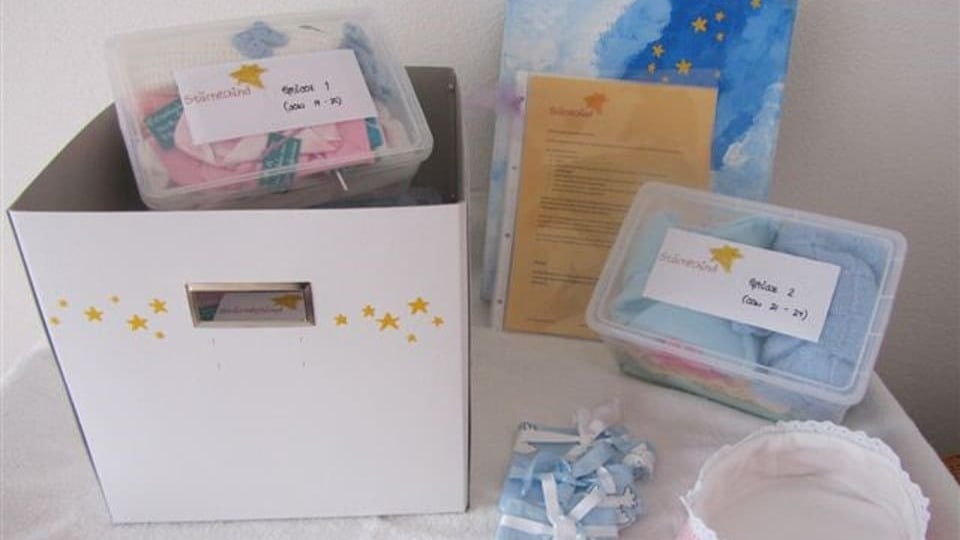
Legend:
The Stärnechind association supplies dozens of Swiss hospitals and birthing centers. The memory boxes are intended to make the time of grief easier for parents, it says on the homepage.
ZVG/Stärnechind
Together with a project group, Christine Kaufmann campaigned for a grave site for star children to be set up in the cemetery in Olten. After two years of planning, it is scheduled to open in August this year. “From then on, parents can also bury their star children in an individual grave in Olten.” Today only a burial in a common grave is possible.
“Every person has the right to a funeral and a place where they can mourn them,” emphasizes Christine Kaufmann.
The lost child is there in the heart
Jamie Russo buried her child in the garden. A fig tree now grows there. She has now been able to cope well with the loss of her first child. At the beginning it was a hard blow for her. But: “I had a tremendous amount of support from those around me,” emphasizes Jamie Russo. Three months after the miscarriage in 2011, Russo became pregnant again, and this time everything went well. The 39-year-old is now the mother of four healthy children. And the fifth child, who should have been the first, is always there in my heart.

